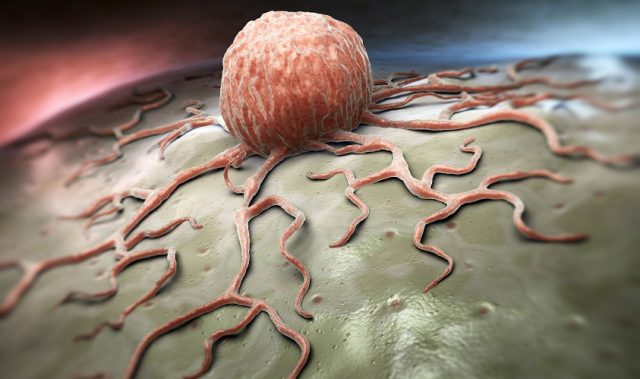
AsianScientist (Apr. 23, 2014) – A research team in Singapore has uncovered a novel function of the amyloid precursor protein (APP), one of the main pathogenic culprits of Alzheimer’s disease.
The study, published in Nature Communications, was led by Dr. Zeng Li at the National Neuroscience Institute (NNI) in Singapore, and involved investigators from Duke-NUS Graduate Medical School and the Agency for Science and Technology (A*STAR).
Alzheimer’s disease is the most common form of dementia. While the exact cause of Alzheimer’s disease remains unknown, one of its pathological hallmarks – the clumping of APP product in the brain when the protein is abnormally processed – is clear. However, up till this point, little was known about the APP’s primary function in the brain.
In the study, Zeng and her team discovered that APP can control the growth and maturation of newborn brain cells, which are critical for the maintenance of a healthy brain function. APP does this by regulating a target known as microRNA-574-5p. MicroRNAs are small molecules that influence the expression of genes.
The study showed that microRNA-574-5p normally promotes the production of newborn neurons in the brain, and APP regulates microRNA-574-5p to ensure the timely birth of new neurons to support normal brain function.
“Our findings highlight that microRNA-574-5p may be a potentially useful new target for drug development against Alzheimer’s disease,” said Zeng. “We are just starting to understand how misregulated microRNA-574-5p expression can cause our brain activities to go wrong, and much more work needs to be done.”
The research team intends to further their research by investigating the mechanisms of how APP regulates microRNA-574-5p in association with the impairment of newborn neurons as seen in Alzheimer’s disease. Eventually, they hope to develop the microRNA into a biomarker for the disease.
The article can be found at: Zhang et al. (2014) Amyloid precursor protein regulates neurogenesis by antagonizing miR-574-5p in the developing cerebral cortex.
———
Source: SingHealth; Photo: May K./Flickr/CC.
Disclaimer: This article does not necessarily reflect the views of AsianScientist or its staff.












